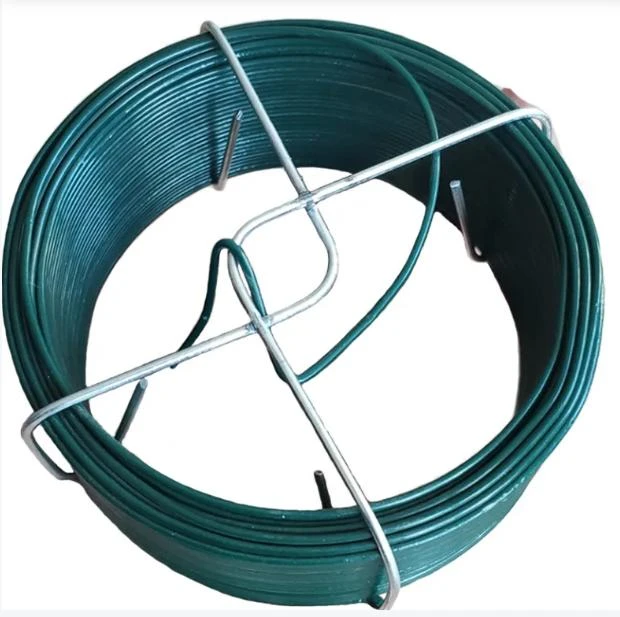-
 Phone:
Phone: -
 Email:
Email:

Calculating Costs for Baling Wire in Agricultural and Industrial Applications
Understanding the Cost of Baling Wire A Comprehensive Overview
Baling wire is an essential component in numerous industries, especially in recycling, agriculture, and construction. It is primarily utilized to bundle materials into manageable sizes for storage or transport. While its functionality is crucial, understanding the cost implications of baling wire is equally important for businesses seeking efficiency and savings. In this article, we’ll delve into the factors influencing the cost of baling wire, types available, and best practices for procurement.
Types of Baling Wire
Baling wire comes in various materials and gauges, each serving different purposes. The most common types include
1. Steel Baling Wire Known for its durability and strength, steel baling wire is widely used in recycling operations. It comes in different gauges, with thicker wires providing greater holding strength. However, the cost of steel fluctuates based on market conditions, which can impact overall pricing.
2. Aluminum Baling Wire This type is lighter and resistant to rust, making it a good choice for certain applications, especially in humid environments. The cost of aluminum baling wire is generally higher than steel, but its properties may justify the price for specific uses.
3. Polyester Baling Straps Although not traditional baling wire, polyester straps are becoming popular for their flexibility and resistance to environmental factors. Their cost can vary based on the quality and length.
Factors Influencing the Cost of Baling Wire
Several factors influence the pricing of baling wire, and understanding them can help businesses manage their budgets effectively
.1. Material Prices The cost of raw materials, particularly steel and aluminum, fluctuates based on global market trends. Any increase in demand for these materials—due to construction booms, for instance—will subsequently raise the cost of baling wire.
2. Gauge and Tensile Strength Generally, the thicker the wire (lower gauge number), the higher the cost. This is due to the increased amount of material used. Additionally, wires with higher tensile strength, designed for heavy-duty applications, tend to be more expensive.
3. Supplier Pricing Strategies Different suppliers have varying pricing strategies, influenced by their sourcing costs and market positioning. Establishing long-term relationships with suppliers can sometimes lead to better pricing and bulk discounts.
baling wire cost

4. Shipping Costs Given that baling wire is often heavy and voluminous, shipping costs can significantly impact the final price. Proximity to suppliers and bulk ordering can help mitigate these expenses.
5. Volume Purchases Buying in bulk typically leads to lower per-unit costs. Businesses that anticipate consistent demand may benefit from negotiating contracts that ensure lower prices over time.
6. Regional Variations The cost of baling wire can vary significantly based on geographic location due to transportation costs, regional supply and demand, and local competition among suppliers.
Best Practices for Procurement
When it comes to purchasing baling wire, adopting best practices can lead to savings and improved operational efficiency
1. Research Suppliers Take the time to investigate and compare various suppliers to find the best combination of price, quality, and service.
2. Assess Your Needs Evaluate the specific requirements for your baling operations. Selecting the appropriate type of baling wire can lead to better performance and cost efficiency.
3. Consider Bulk Purchases If your operations consistently require large quantities of baling wire, consider buying in bulk to secure lower prices.
4. Negotiate Contracts Establish long-term contracts with suppliers to lock in prices and ensure you can manage costs effectively even in volatile markets.
5. Monitor Market Trends Stay informed about global commodity prices and market conditions, as these can have a direct impact on the cost of baling wire.
Conclusion
In summary, the cost of baling wire is influenced by a plethora of factors, including material prices, supplier strategies, and purchasing practices. By understanding these dynamics and adopting strategic procurement approaches, businesses can optimize their costs while ensuring they have the appropriate materials for their needs. Given its importance in various industries, proactive management of baling wire expenses will contribute to enhanced operational efficiency and cost-effectiveness.
-
Wire Mesh for Every Need: A Practical SolutionNewsJul.25,2025
-
Steel Fences: Durable, Secure, and Stylish OptionsNewsJul.25,2025
-
Roll Top Fencing: A Smart Solution for Safety and SecurityNewsJul.25,2025
-
Cattle Farm Fencing Solutions for Maximum SecurityNewsJul.25,2025
-
Affordable Iron Binding Wire SolutionsNewsJul.25,2025
-
Affordable Galvanized Wire SolutionsNewsJul.25,2025
-
Wire Hanger Recycling IdeasNewsJul.25,2025








